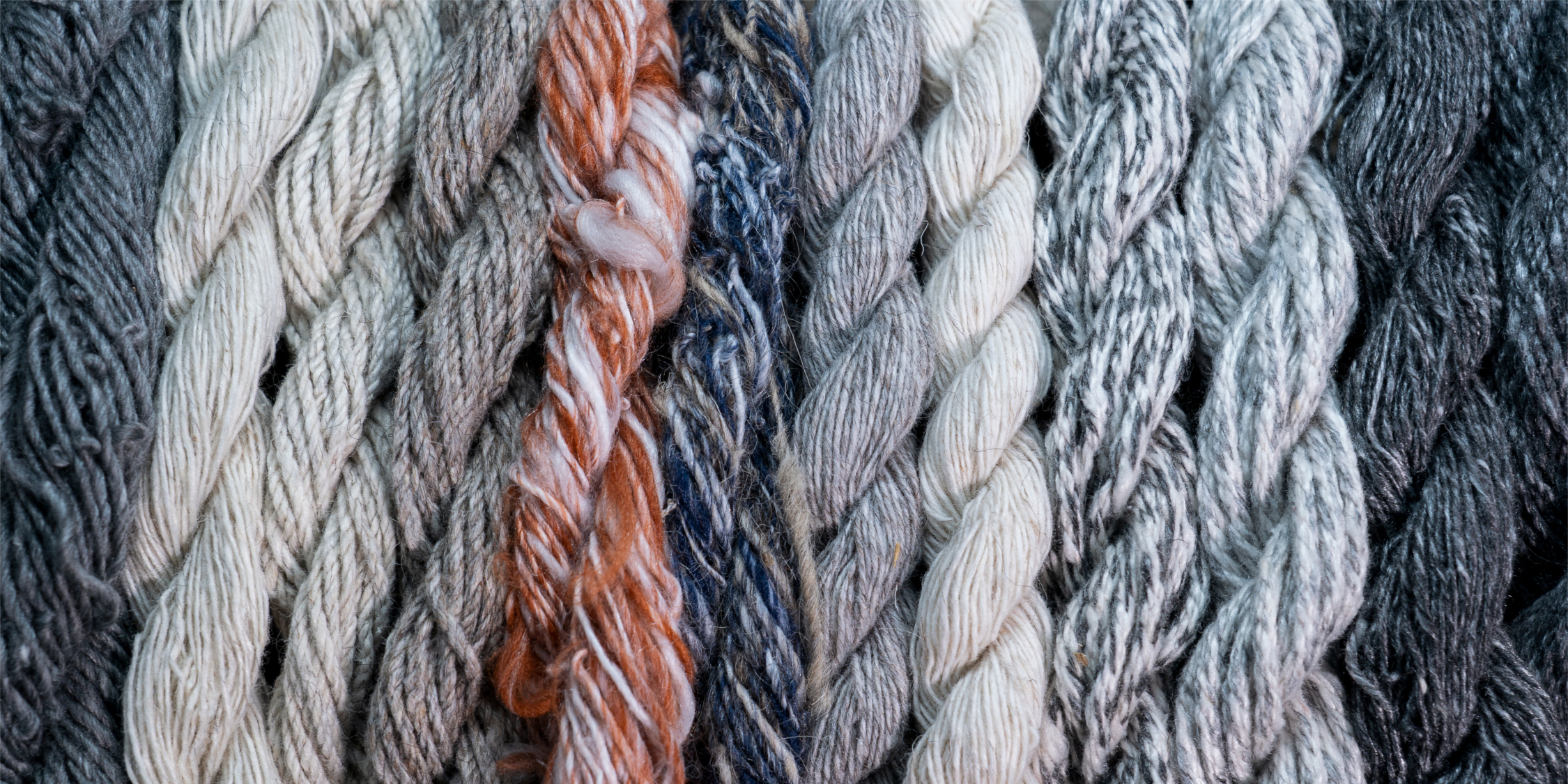WOOL: EXCELLENT NATURAL FIBRE WITH USEFUL FEATURES
No other natural fiber comprises so many positive characteristics as wool. This animal fiber protects against cold, moisture and is self-cleansing. It is the soft hair of the fur which is obtained from living animals and is afterwards further processed.
Beside sheep, wool can also be obtained from goats, camelid mammals or Angora rabbits. It is considered to be the oldest human-made fibre, which was known even millennia before Christ by the ancient Egyptians and antique China; they kept domestic sheep for the sake of wool production. Only during the Iron Age, when scissors were invented, sheep shearing came into practice.
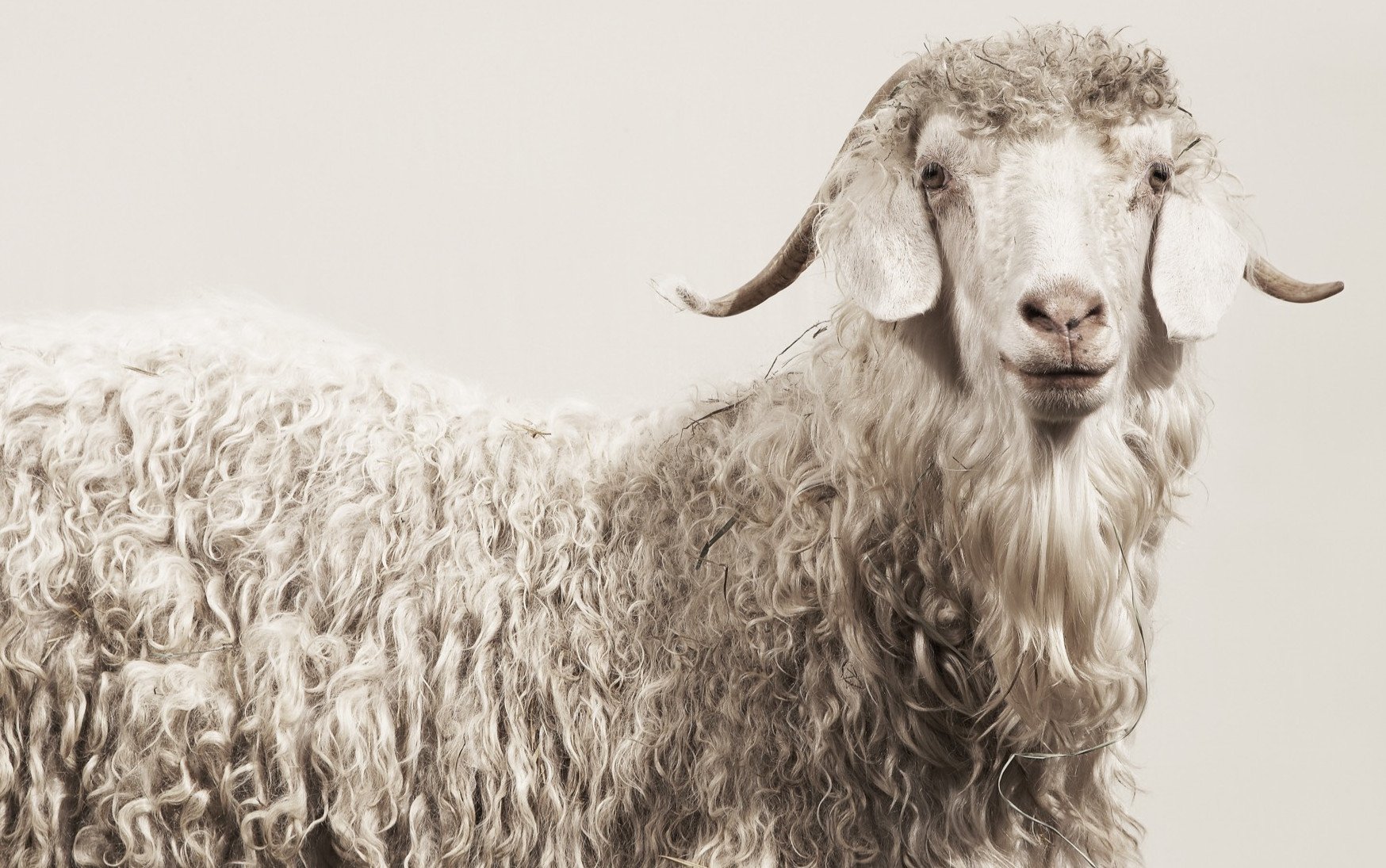
EXCLUSIVE PROPERTIES OF WOOL
Wool, this peculiarly warming, soft and natural animal fibre encompasses so many positive features as no other material. On one hand, it absorbs water vapor inside and on the other hand, its surface repels water. This extraordinary pleasant fibre absorbs up to one third of its dry weight in water and no wetness sensation remains afterwards; it is also worth mentioning that moisture evaporates from wool much faster than for example, from cotton.
WARMING IN WINTER, COOLING DOWN IN SUMMER
One more wonderful feature of wool is that it functions as a thermal insulator. It is frequently said, that wool perfectly heats and simultaneously reflects the body warmth. In the same manner it also protects body against high outer temperatures.
Furthermore, wool is very robust and antistatic material and at the same time produces a very neutralising effect. It hardly creases as its fibre is quite elastic and therefore, wool products practically don’t need to be ironed. Existing odors of the wool disappear quickly into the air and after a while having exposed to some fresh air, it smells again fresh and neutral. Wool carpets are often robuster than carpets made of other natural materials. It is very color-fast and hardly inflammable because this special fibre cannot be properly burnt down, instead it only carbonizes.
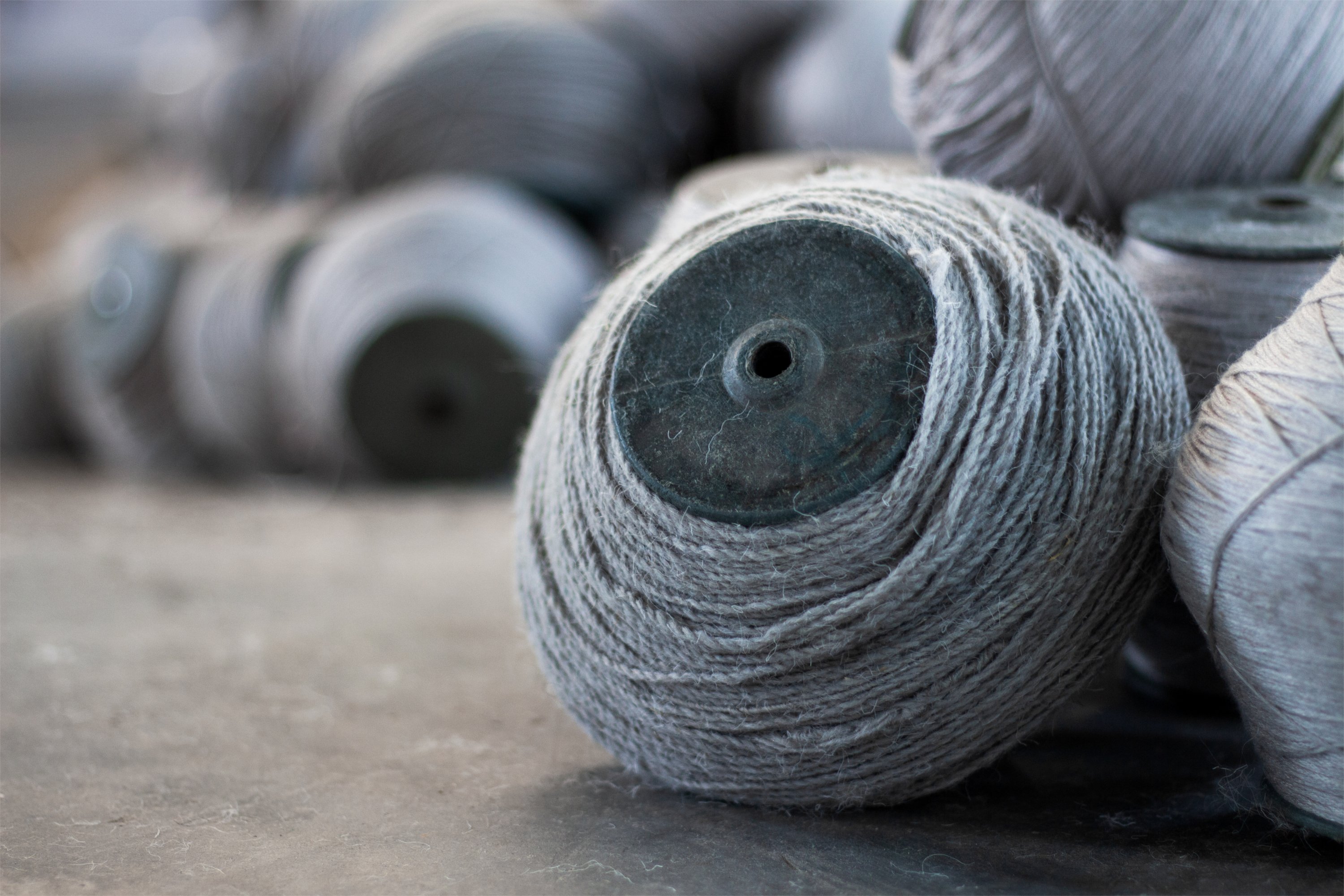
HOW IS WOOL OBTAINED?
The structure of wool resembles that of human hair. Wool contains protain molecule chains called keratin; these units wind smartly into the fibre and get protected by dandruff. The heat and humidity makes them swell into various shapes and create special spiral-like structures, which are characteristic of wool.
Virgin wool is obtained through the process of shearing wool directly from animals. As a next step, the so-called fleece gets washed and finally its fibers get spun into yarns. Together with Australia and Argentina, New Zealand is considered to be one of the world's major exporters of wool and the very place where wool is purchased for the production of beautiful carpets.
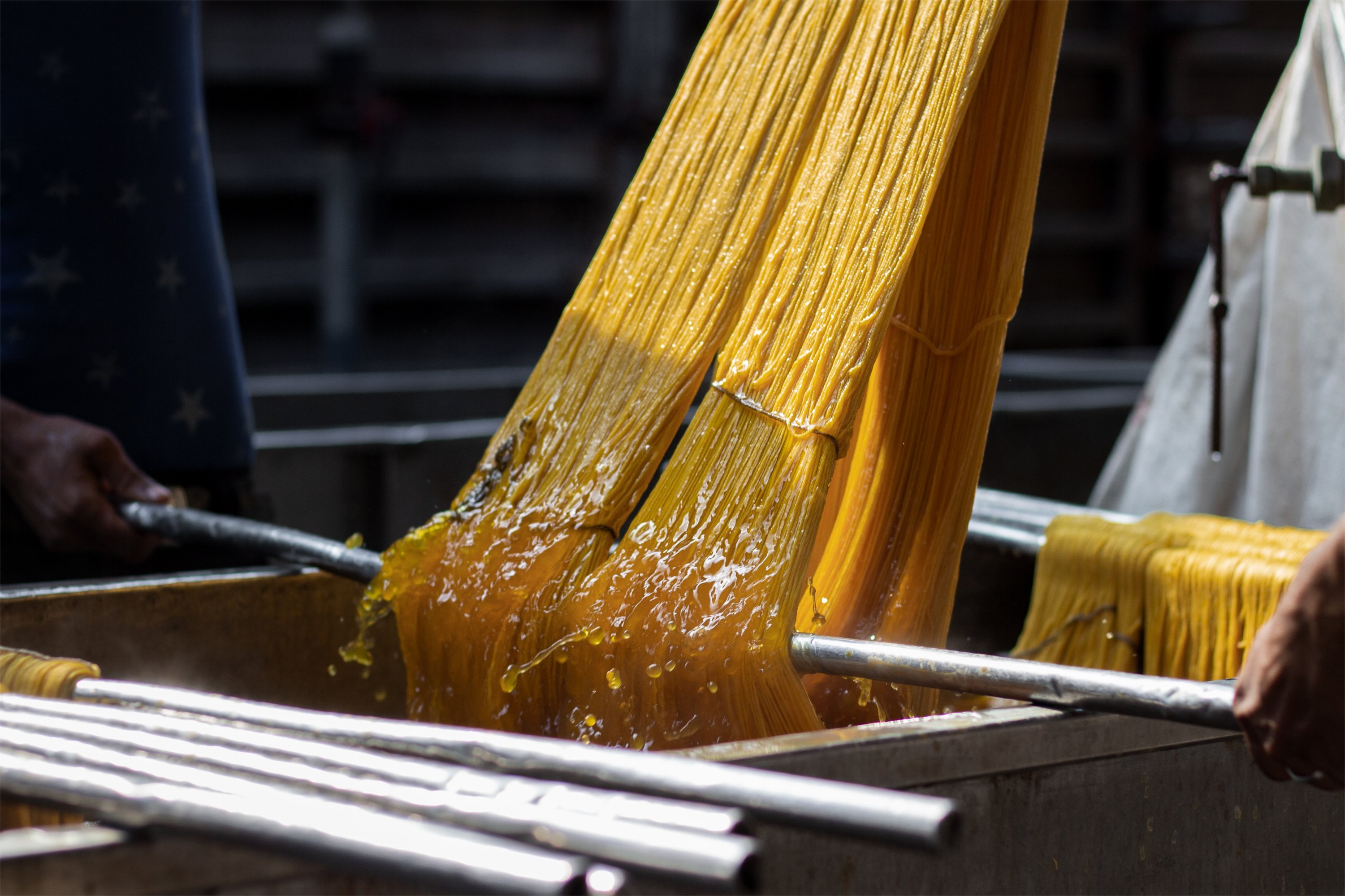
WOOL IN THE CARPET PRODUCTION
It is necessary to differentiate between various qualities of wool. For example, the wool of Angora goat is particularly shiny and fine and Mohair is known as an exclusive and extremely soft natural material. Depending on the age of the animal and the body part on which the hair grows, as well as on living conditions and the shearing time, the quality of the wool is different. For example, young lambs that are shorn in autumn provide the finest wool. Merino wool is mostly used for fine carpets productions and is obtained from the soft hair of Merino Sheep, which is bred specially for this purpose. High fat content in the wool renders carpets a special sheen and it is typical of the sheep living in regions at high altitudes.
DIFFERENCES BETWEEN WOOL CARPET QUALITIES
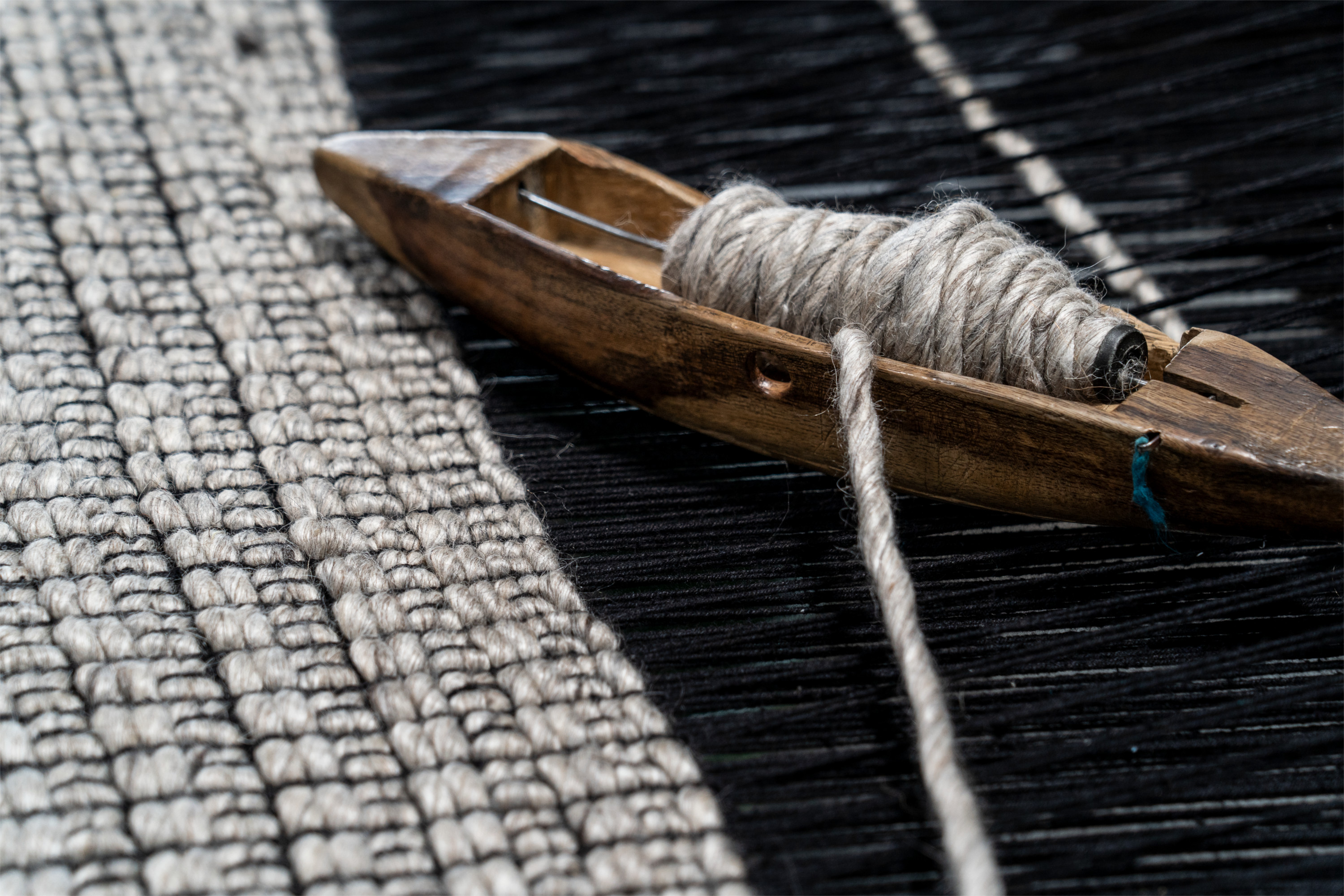
Wool carpet is used as an umbrella term for all kinds of carpets made of different sorts of wool. Sheep wool is the most known one but there are also Angora, Alpaca, Cashmere, Merino and Mohair wool used in the carpet production. Not every kind of wool is suitable for this purpose, sometimes they are too sensitive or sometimes their structure is not recommended for a further production. Wool carpets are generally made by the selected, high-quality sheep wool from New Zealand, especially by that of Merino and Mohair.
RESILIENCE OF WOOL CARPETS
The extremely robust and heat-insulating material of wool carpets has a very interesting structure, it is loose as well as crimped; it is also very bulky and the fabric is stabler than that of other natural materials. Wool carpets can create a cozy atmospere in every room and besides, wool products are kind of blessing for cold feet in cold days; due to its hollow structure, wool keeps heat as well as moisture for a long time and can neutralize unpleasant odors; therefore, wool is very suitable for carpet production.
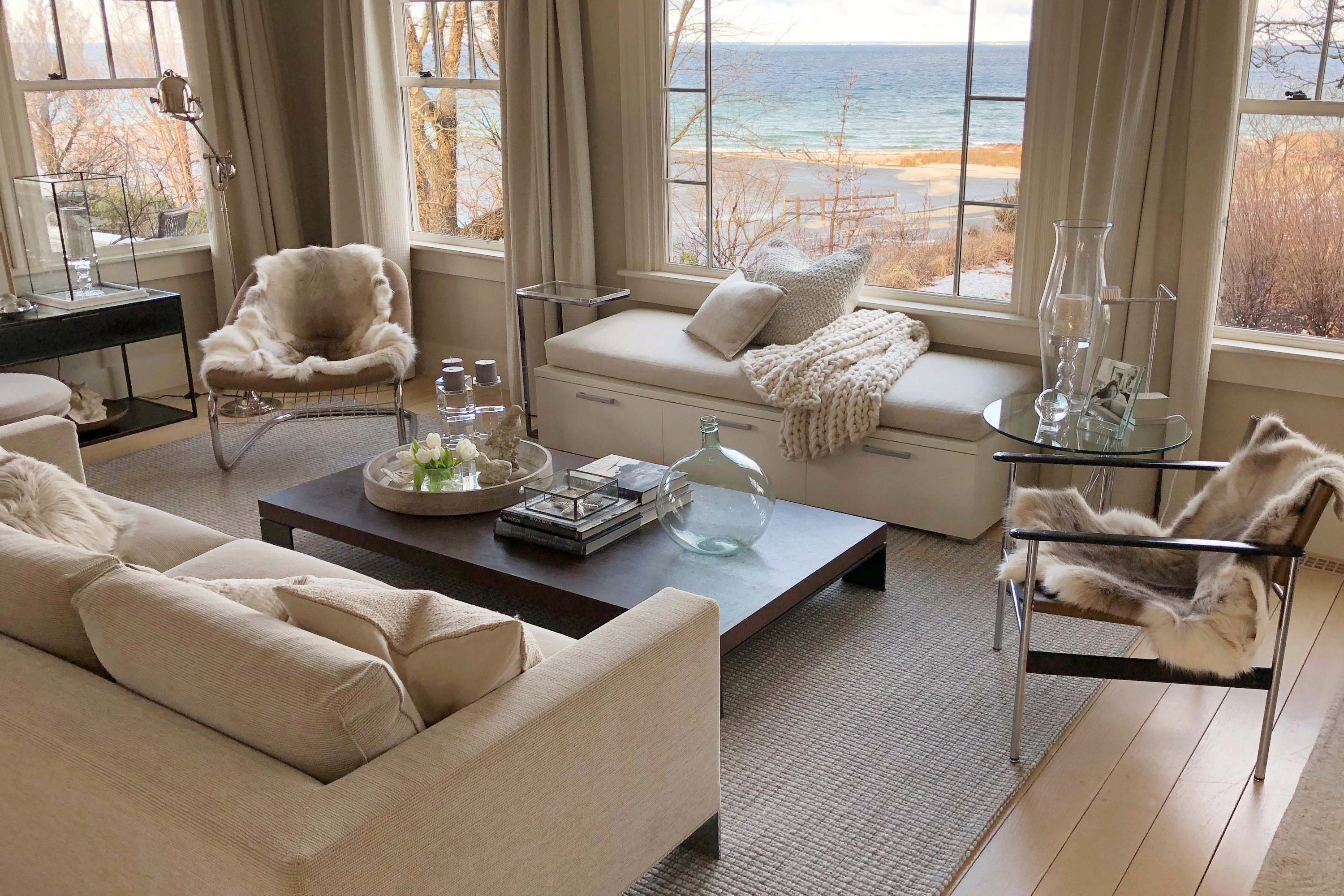
WOOL CARPETS FOR INTERIOR DECORATION
Due to the high elasticity and stability of the fibre, wool carpets can maintain their original shape quite well. The advantage of wool carpet in room decorations is that if there are some unattractive furniture details, they usually get less observable on the background of sturdy and rough wool carpets; on the contrary, if a room is decorated with other delicate materials such as viscose, such kind of details get immediately in the centre of attention.
Generally, one should always consider a good positioning of carpets in any space, also what will be hung on their background or what will be placed over them; the use of large-area furniture glides are very recommended in this case. It is also recommended to align heavy objects such as sofas and tables first and then arrange a carpet in a suitable positioning. Another point to be considered is the right size of a carpet, it can well determine how much charm a living room will convey.
Living room photo:
Sandra M. Cavallo
